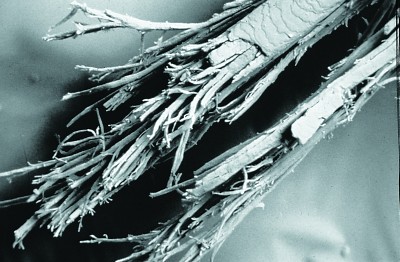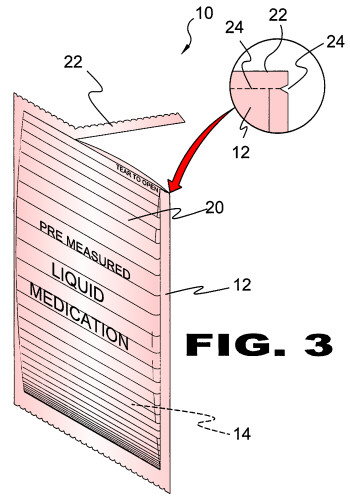kizzylonghair
Well-Known Member
I agree
I'm not a fine strand lady, but I use to trim my hair too much and I was a firm believer in trimming ends to curve damaged hair. But all that did was cause me to lose precious healthy length that didn't need to be cut in the first place. But nowadays I am not cutting at all except for spot SSK's that I find and my hair hasn't spontaneously combusted into a fireball of split ends yet...my last cut was in September and I am still waiting.My hair is tangled free (one of my key markers for healthy ends) and my ends look good.
I'm trying this for a year too or until this fireball explodes on my hair....whatever comes first
I love your hair...
 Thin/Damaged Ends def look worst on relaxed heads
Thin/Damaged Ends def look worst on relaxed heads

 , so I'd be interested to read the explanation.
, so I'd be interested to read the explanation.





 leading to more moisture loss and hence breakage from more of the strand just turning into dry straw:
leading to more moisture loss and hence breakage from more of the strand just turning into dry straw:





